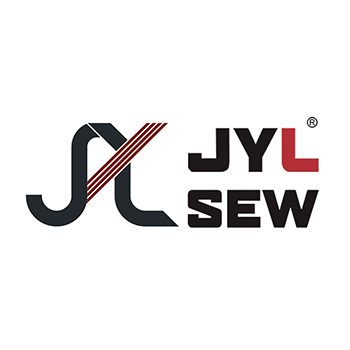Programmable sewing machines are versatile tools that offer a wide range of functions and capabilities. These advanced machines are equipped with computerized systems that allow users to create, modify, and execute various sewing patterns with precision and ease. With programmable sewing machines, users have the ability to automate and control different aspects of the sewing process, unlocking a multitude of creative possibilities. Let's dive into the various applications and advantages of programmable sewing machines.
One of the primary uses of programmable sewing machines is in the fashion and textile industry. These machines enable designers to create intricate and complex patterns with consistent precision. By inputting the desired design into the machine's computer, it can execute the pattern flawlessly, producing high-quality garments and textiles. This automation greatly reduces human error and improves overall productivity in the manufacturing process. Programmable sewing machines also offer a wide variety of stitching options, including straight stitches, zigzag stitches, decorative stitches, and more. This versatility allows designers to explore different sewing techniques and embellishments, resulting in unique and visually appealing products.
Programmable sewing machines are not limited to the fashion industry; they also find applications in other fields such as home decor, upholstery, and automotive industries. These machines can handle heavy
- Home
- About us
- Product
- Hat Sewing Machine
- Industrial Flat Sewing Machine
- Eyelet Sewing Machines
- Eyelet Punching Machine
- Hat Stitching Machine
- Curved Edge Sewing Machine
- Hat Brim Sewing Machine
- Automatic Sewing Machine
- Automatic Velcro Sewing Machine
- Semi-automatic Sewing Machine
- Adjustable Buckle Fixing Machine
- Elastic Cutting Sewing Machine
- Velcro Welding Machine
- Hot Air Seam Sealing Machine
- Ultrasonic Sewing Machine
- Ultrasonic Holes Punching Machine
- Button Wrapping Machines
- Double Needle Flat Sewing Machine
- Shoes Sewing Machine
- Electronic Bartack Machine
- Double Needle Sewing Machine
- Punching Sewing Machine
- Computer Pattern Sewing Machine
- Shoe Ribbon Sewing Machine(Thread)
- Herringbone Rotary Sewing Machine
- Heringbone Rotary Sewing Machine(Thread)
- Cyclic Displacement Pattern Sewing Machine
- Heelpieces Automatic Sewing Machine
- Jeans Sewing Machine
- Garments Sewing Machine
- Special Industrial Machine
- Hat Sewing Machine
- Case
- News
- Contact us



